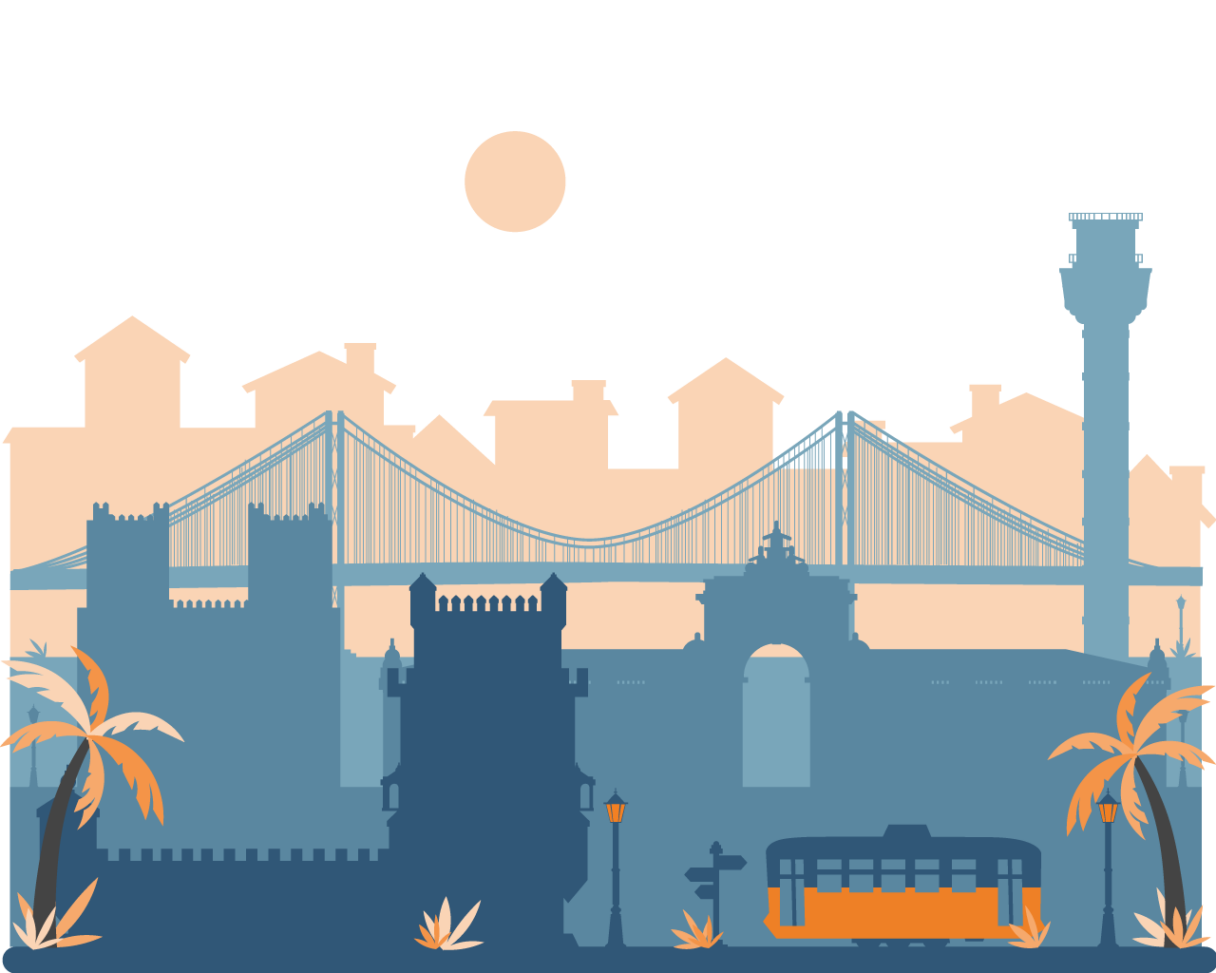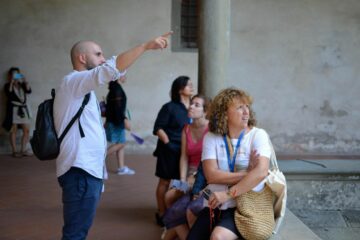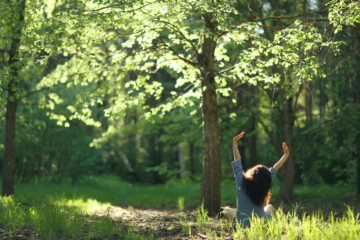
Erasmus Courses for Teachers in Lisbon, Portugal
OID: E10247545
A city of stunning views, charming streets, delicious seafood, and a rich maritime history.
Confirmed Sessions in Lisbon
About the Training Centre in Lisbon
All our teacher training courses in Lisbon will take place either in the Morning (9.00-13.45) or in the Afternoon (14.00-18.45) depending on classroom and trainer availability.
The courses are held in Av. da República nº 6 1º Esq, 1050-191, Lisbon.
Organization’s Fiscal Data
OID: E10247545
PIC: 897217894
European Academy of Creativity
Address: Rambla de Catalunya 15, 2º2ª, 08007, Barcelona, Spain
NIF: B67520866
Responsible Person (name, function, e-mail, tel):
Dr. Alessandro Pumpo, Director
Email: teacheracademy@europassnetwork.eu; admin.spain@europassnetwork.eu.
Phone: +39 055 1997 3220 / +34 626924733
Our Cultural Activities
A Lisboa Card is included in the price of each Erasmus course in Lisbon:
- Free entrance to 35 places of interest (among the ones available Belém Tower, Jerónimos Monastery, Santa Justa Elevator, National Pantheon, and Mafra National Palace are some of the most popular)
- Free access to the city’s public transport
Best Things to Do in Lisbon

Due to it being one of the oldest cities in the world, pre-dating the likes of Rome (by four centuries!) and founded as a trading station around 1200 BC, there is an abundance of cultural heritage to marvel at.
In certain areas of Lisbon, the city’s architecture has been rebuilt and subsequently transformed due to events such as the 1755 earthquake and tsunami which nearly demolished the city’s capital. Therefore, it’s not rare to see snippets of Lisbon’s past, evident in the surviving squares, churches, and landmarks amongst many modernized and populous areas.
With many historic -and architecturally adapted- neighborhoods referred to by the locals as ‘Bairros de Lisboa’ such as Alcântara, Alfama, Baixa Chiado, Bairro Alto, and Mouraria.
1) Praça do Comércio

The squares in Lisbon can serve as a little escape from the tight, often very steep, alleys of the city. The Praça do Comércio welcomes you to the center of Lisbon and is surrounded by 18th-century uniform buildings used mostly for government offices now, conjoining at the triumphal archway Arco da Rua Augusta. This square takes you through to the south end of Lisbon’s central district Cidade Baixa (‘lower city’) a district that was rebuilt following the aforementioned natural disasters of 1755.
2) Praça do Rossio
This square is said to be one of the liveliest in Lisbon and is full of popular restaurants, bars, and shops surrounding the Coluna de D. Pedro IV (Column of Pedro IV of Portugal) at the heart of the square, a monument to their ‘solider King’. At night this expansive Praça is marvelously lit up, highlighting its grandiosity. Consider trying some of Lisbon’s diverse range of delicacies here, perhaps at the popular Café Nicola which dates back to the 18th century!
3) Monument of Discoveries

At the edge of the Belém region, situated by the Tagus River, awaits this spectacular monument stretching 170ft (52m) tall celebrating Portugal’s maritime past. Officially unveiled in 1958 as a homage to the exploratory feats of Portugal’s ‘Age of Discovery’ (15th-16th century), this limestone giant displays 33 figures -each 7 metres tall- ranging from navigators, sailors, knights, monks, to poets and artists.
You can even enter the monument as the interior was remodelled in 1985 into the Centre Cultural das Descobertas and take an elevator up to witness a grand panoramic view of the city’s jewels such as the Jerónimos Monastery and the Ponte 25 de Abril Bridge.
Neighbouring the Padrão dos Descobrimentos resides two UNESCO world heritage sites, merely minutes away from one another, see below.
4) Castle of Saint George
Not far from the Baixo parish, you can find the Alfama quarter, the oldest part of Lisbon, and wonder at the grand Castelo de São Jorge. Named in 1386 to honour England and Portugal’s alliance. Originally established by the Romans in 200BC, this castle was rebuilt following devastations of the 18th century and now proudly overlooks the historical centre of Lisbon. With grand fortified battlements, medieval royal quarters, and vistas of the Atlantic, this national landmark is a must-see to appreciate the city’s royal and military history.
5) Jerónimos Monastery

Following the Torre, you must pay a lengthy visit to the Mosteiro dos Jerónimos, known too as the Hieronymites Monastery, also in the Belém parish. Evident from its name, this UNESCO World Heritage site served once as a religious sanctuary for the residents and now proudly exemplifies Lisbon’s maritime triumphs. Its construction began in 1501 and was finished 100 years later. With its Manueline architecture constructed in gold-coloured limestone, sculpted columns, ornate arches, and vast cloisters, it’s a must-see masterpiece of the city.
6) Lisbon Cathedral
Built in 1147 and having claim to being the oldest church in the city, this Romanesque cathedral differs slightly in style from the monastery resembling more of a gothic fortress. Its robust design has enabled it to survive several natural disasters, exhibiting fascinating Roman, Arabic and Medieval remains as well as relics and treasures from the past.
7) Marquis of Pombal Square
Located in the Praça de Pombal, is another spectacular monument to Lisbon’s rich history; this column is centered within the roundabout and stands 23-meters high, a bronze statue depicting Sebastião José de Carvalho e Melo (the Marquis of Pombal) is mounted atop it. To get a full view of the landmark in all its grandeur, take a trip to the vast 62-acre Parque Eduardo VII (Eduardo VII Park) Lisbon’s largest urban oasis.
8) Torre de Belém

This ornate-looking fortification built between 1514 and 1520 once serving as a primary defense for the city, then a lighthouse, now has a claim to being one of three UNESCO World Heritage Sites Lisbon has to offer. It is certainly worth climbing this four-story tower to witness unique vistas of the cityscape from almost 100ft high!
9) Lisbon Oceanarium
This Oceanarium is known to have Europe’s largest indoor aquarium, boasting around 1 million visitors annually. With two levels, one terrestrial and another underwater, the oceanarium combines different ocean climates, temperate, tropical, and cold. Enabling them to host an abundance of species and natural phenomena (around 8000 sea creatures from 500 different species!) such as sea otters, sharks, and dazzling coral reefs. A true testimony to the oceans’ large marine biodiversity.
10) The Calouste Gulbenkian Museum
Named after Calouste Sarkis Gulbenkian (of British and Armenian descent), founded in 1957 according to his will, this chock-a-block museum packs in more than 6,000 artworks collected throughout the philanthropist’s life. This private and very comprehensive collection exhibits art from all around the world, from China to the middle east, Egypt, Greece, and Europe, stretching over a 5000-year period.
 Please wait, we're loading the information about the courses. It could take few seconds.
Please wait, we're loading the information about the courses. It could take few seconds.
























